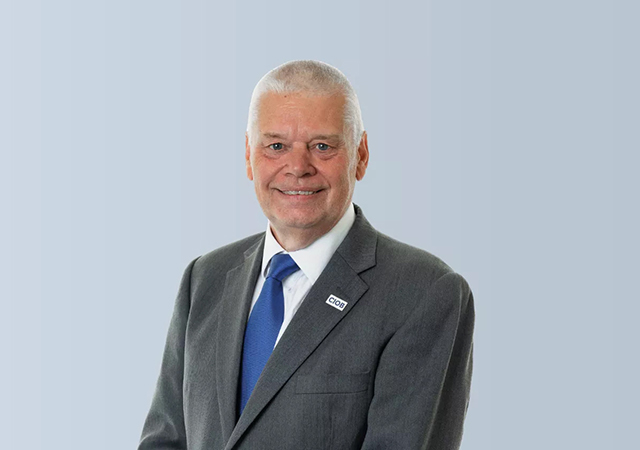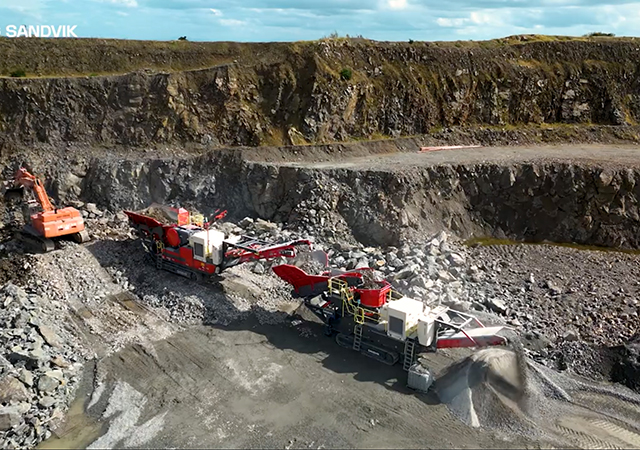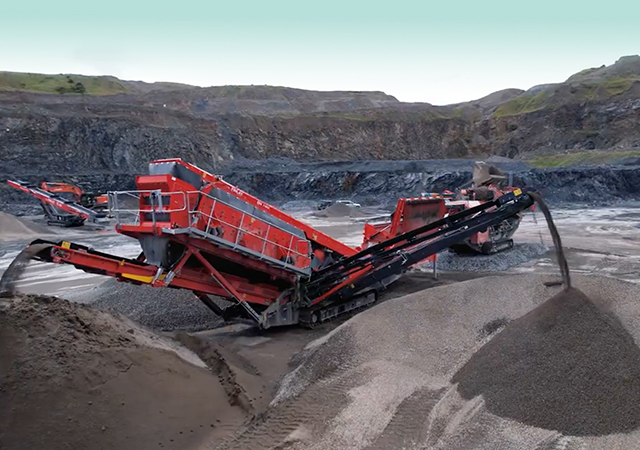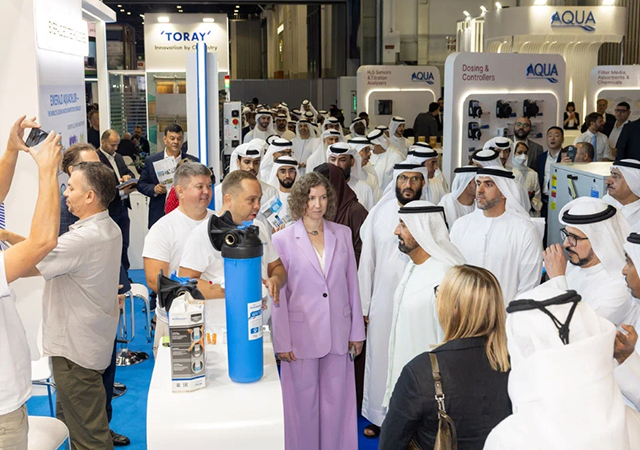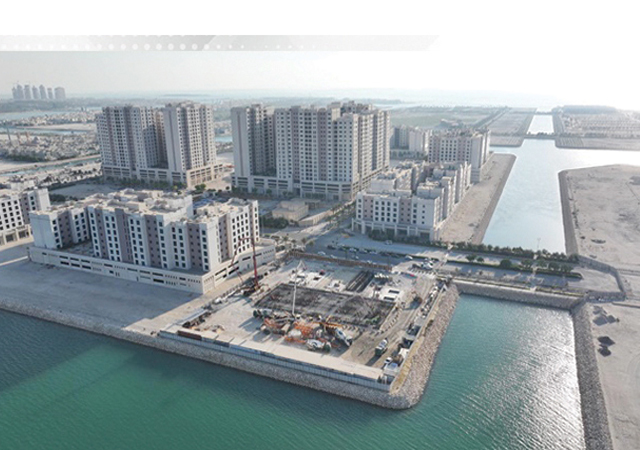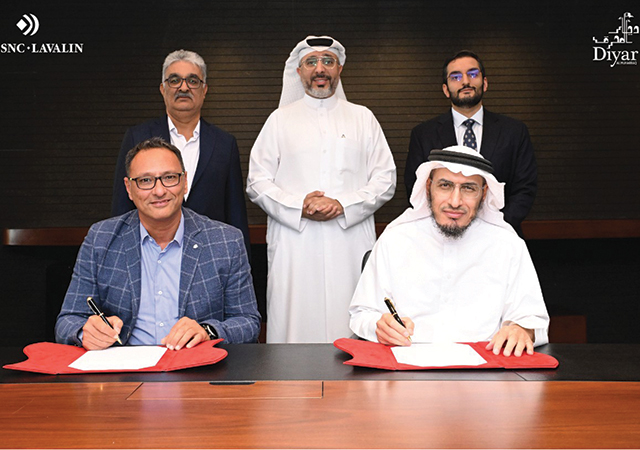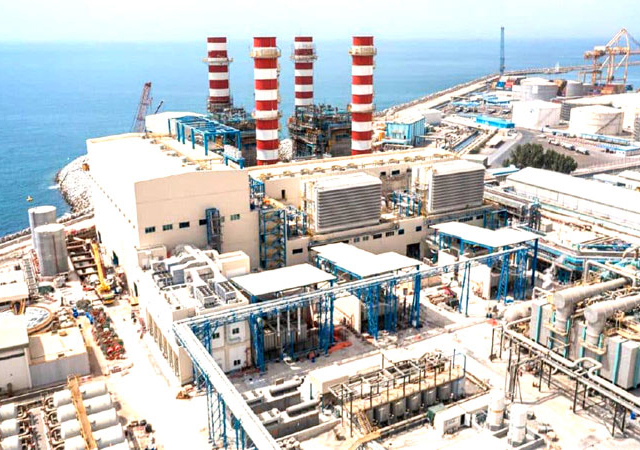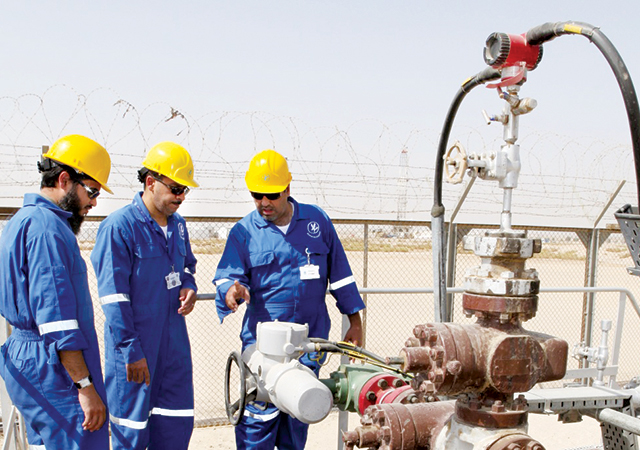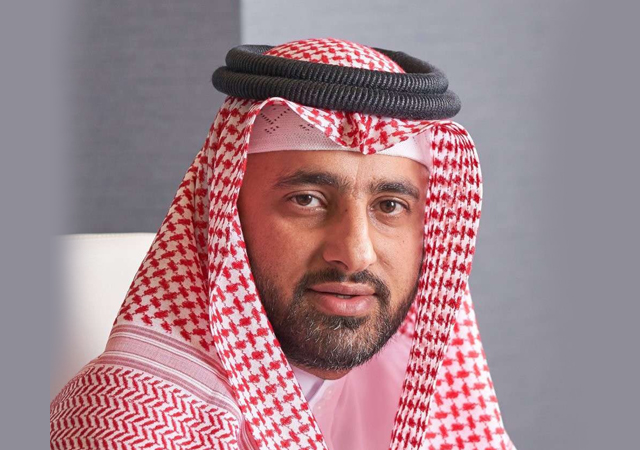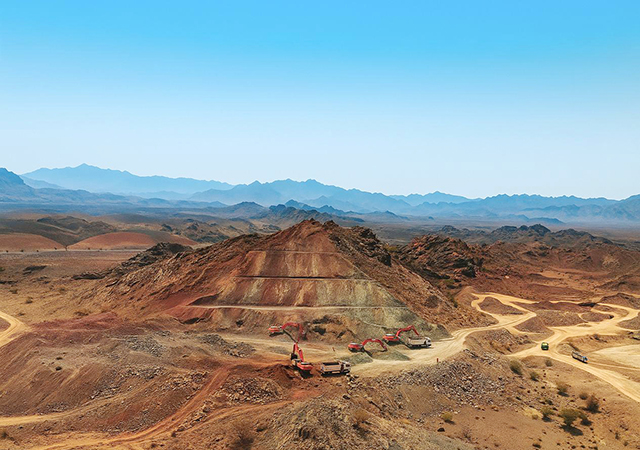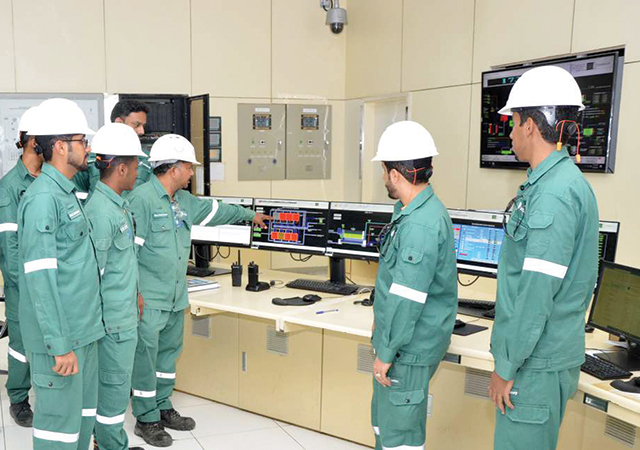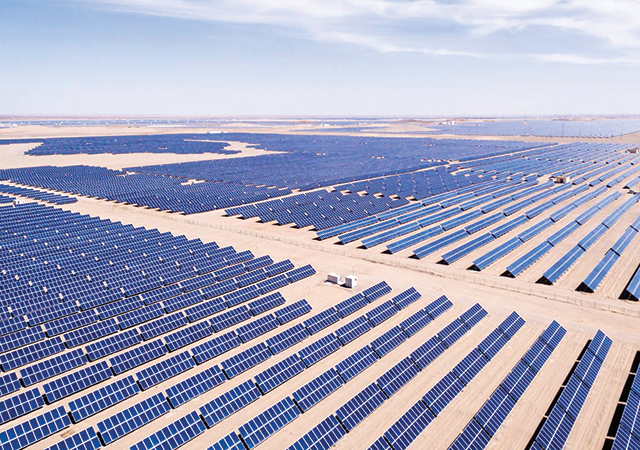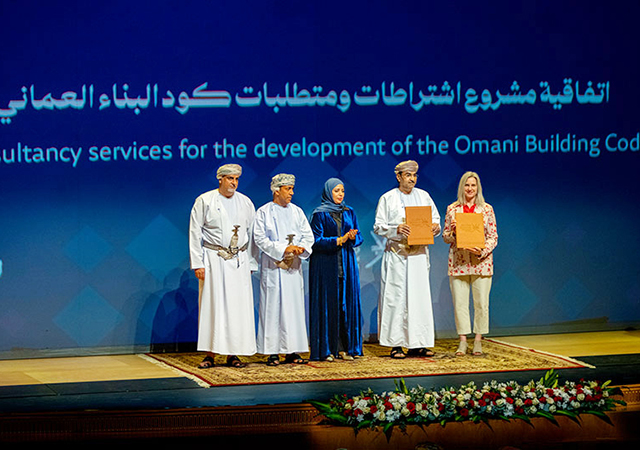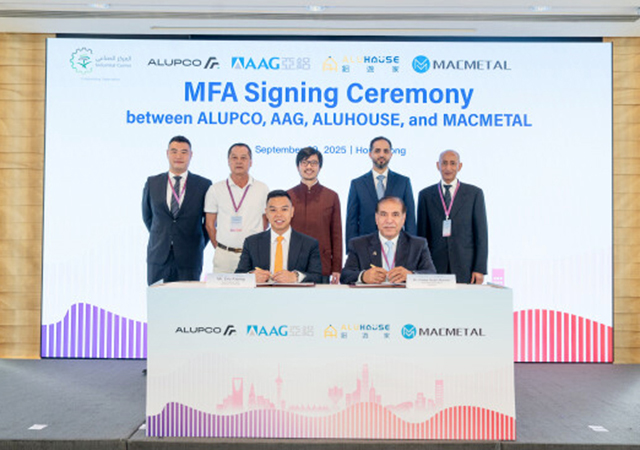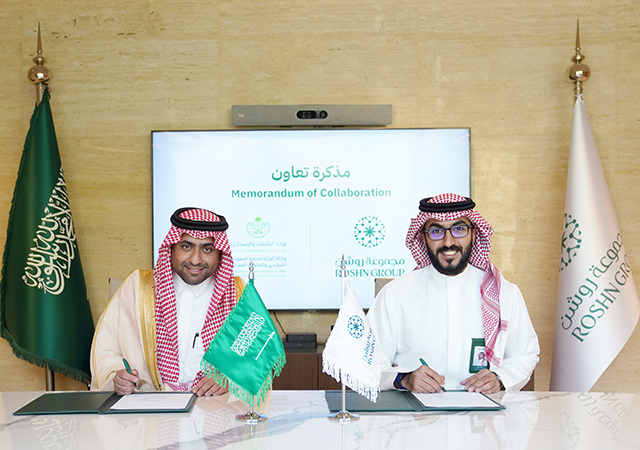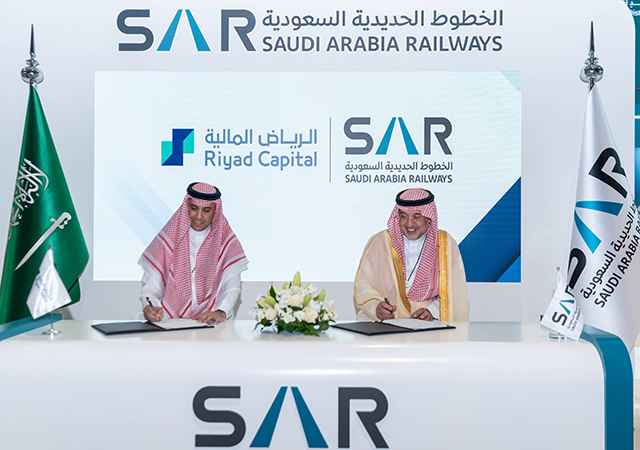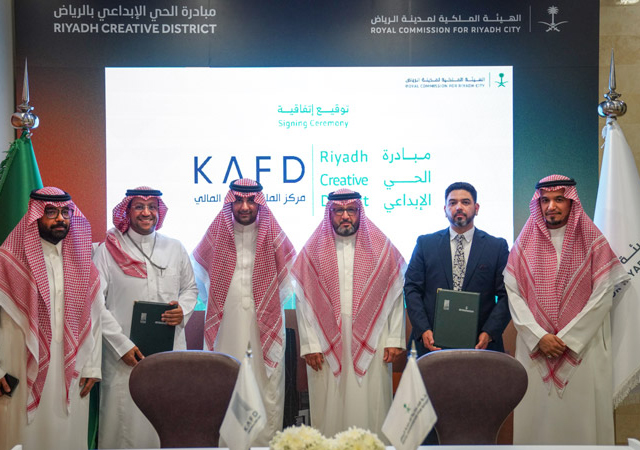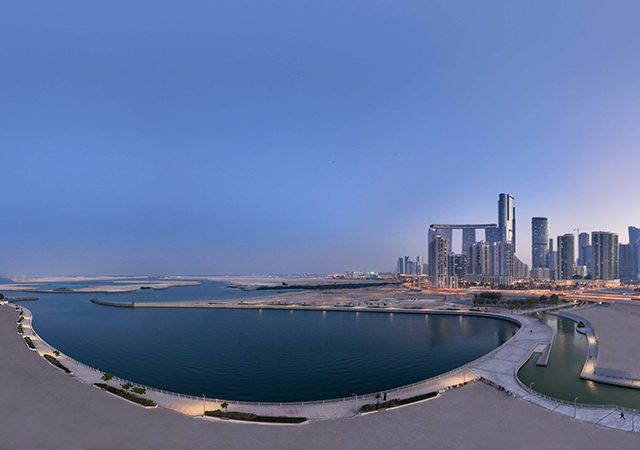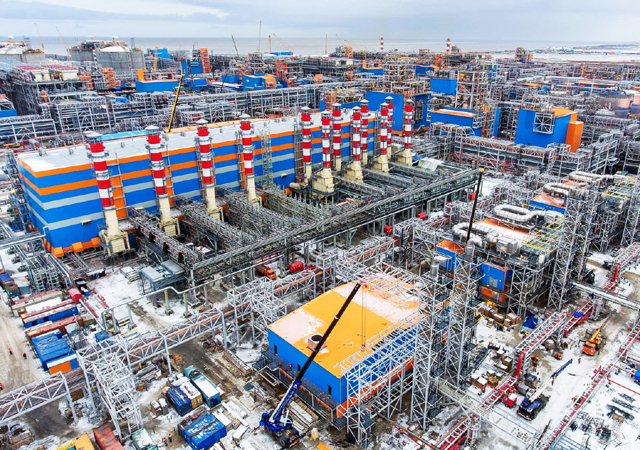
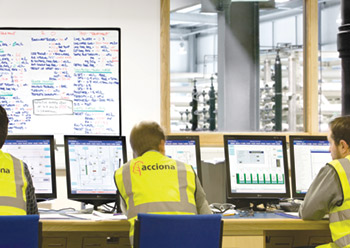 Acciona’s desalination control centre in Spain, Cecoa, uses satellite data to model a Turbidity Prediction Index.
Acciona’s desalination control centre in Spain, Cecoa, uses satellite data to model a Turbidity Prediction Index.
Water management is much more than just a service provided; it addresses a vital human requirement to have access to water – a limited free resource. Therefore, the supply of a secure and reliable service in the most efficient and sustainable way must be a top priority for governments.
With regard to efficiency, attention should be directed to new technologies and research, development and innovation (R+D+i) investment needed to allow efficient use of resources – mainly energy and chemicals – consumed for water production. We cannot also forget that in arid regions, it is very important to increase efficiency in transportation in order to reduce water losses and in classifying water standards based on final use.
In terms of sustainability, consumers need to be aware of the real cost of water supply and treatment to appreciate the value of water; a key issue to be addressed is how it is invoiced and paid for, with due consideration given to the resources available for the population. A solution could be to increase the cost in line with the consumers’ income level and to reward those that optimise consumption.
In addition, public water authorities need to ensure that they focus on reducing the environmental impact of water production and treat and re-use sewage effluent, as it is a way of preserving our limited natural resources.
Keeping this in mind, various advanced technologies are now available to reduce water consumption and waste generation. Internet of the Things (IoT) and Big Data are now being utilised in potable water facilities, sewage treatment plants and water services that are under construction or operation to be fully cognisant with what is exactly happening at every single point of the plant or network. Artificial intelligence (AI) is then used to facilitate the decision-making process in order to swiftly select the best solution available.
Water reuse
 |
|
De La Rosa ... it is crucial to support sewage regeneration technologies. |
It is crucial to support sewage regeneration technologies and change our perspective of sewage being a valuable resource rather than a waste product. Thanks to the innovative technological solutions for water reuse, it is possible to optimise tertiary treatment processes and deliver solutions to address the surging demand for water in agricultural uses, urban irrigation, recreational activities, replenishing aquifers and protecting them from saline intrusion.
Research is ongoing on technological developments for the reuse of wastewater to allow for more extensive and sustainable use of purified water.
When treating waste water, the objective should be to return this resource to the environment with a quality level similar to or even higher than the one it had before being used, as well as to find use for the pollutants that the waste water contains derived from its use. The catalysts in these efforts are, without a doubt, innovation and technical excellence.
Acciona, a global group that develops and manages sustainable infrastructure solutions, has succeeded in increasing consumption of recycled, reused, and rainwater to up to 44 per cent of the total water used in its facilities, based on the principles of the circular economy.
Its wastewater treatment plants have achieved optimum levels of reused water, making high efficiency and sustainability a reality now. In Egypt, in four of its wastewater treatment plants (WWTPs), it has managed to reuse purified water equivalent to that originated from a population of 500,000 inhabitants, and then use it for irrigation.
Transforming sludge into resources
Through innovation, solid waste generated in a wastewater treatment plant can be used as a fertiliser for agriculture. The waste removed from the treatment plants has an important content of organic matter and nutrients (mainly nitrogen and phosphorus) that are of high value for agricultural uses and can improve the health of soils. A good example where Acciona has applied this principle is at “La Escalerilla” water treatment plant in Arequipa, Peru.
Sludge generated at sewage treatment plants is rich in natural minerals that can be used as a fertiliser. Acciona’s Ramses Project, which emerged as a result of implementing efficient solutions to re-use treated wastewater effluent as irrigation water proved to be necessary for areas of great water stress. Named thus to represent enhanced reclaimed water quality through mainstream and aerobic treatment using supported biomass growth, the project has been partly funded by the European Commission and carried out in a WWTP in the south of Spain.
The project also sets out to maximise resources, re-using many of them in the same process and thereby promoting its circular nature.
As quality requirements for re-generated (effluent) water used for irrigation become more demanding, additional processes will be required that will push treatment costs upwards. Therefore, Acciona believes it is its duty as a leading water treatment company to continue working on technologies and processes that enable the efficient reuse of wastewater for agriculture.
Predictive Technology
 |
Acciona used NASA’s Modis Aqua satellite to collect data from the Arabian Gulf involving parameters including water temperature, chlorophyll levels, salinity, and turbidity. |
Acciona has also developed a predictive model for seawater quality that is improving the operation of sea water reverse osmosis (SWRO) plants in the region using satellite measurements and AI tools to forecast the quality of water. This technology can identify any potential problems and help fine-tune the plant’s operation to the most efficient and sustainable level. Algae bloom, oil spills and jellyfish are just some of the organic matter that can clog the filtering systems of desalination plants and cause operations to shut down. But with sufficient warning, desalination plants can stop this matter from entering filtering systems.
To forecast when desalination plants might be at risk from algae bloom and other events, Acciona used NASA’s Modis Aqua satellite to collect data from the Arabian Gulf involving a number of parameters including water temperature, chlorophyll levels, salinity and turbidity.
The satellite uses different sensors including radar, infrared sensors and high-resolution photography to compile the data. Acciona’s control centre for its water business, Cecoa, based in Madrid, Spain, uses the satellite data to model a Turbidity Prediction Index, which compares the clarity of the water in real time with historical oceanographic and meteorological data. When the index exceeds a certain limit, it triggers a warning for operation and maintenance staff to prepare for an algae bloom or similar event.
With this model, Acciona can forecast the future turbidity of seawater, thus giving its operations teams advance warning of any event that could compromise operations or scheduled maintenance activities. This project was launched in 2020 and has been implemented in SWRO plants in the Middle East.
For example, the connection of the Ras Abu Fontas A3 and Umm Al Houl SWRO plants with Cecoa allows Acciona to process thousands of data generated on-site. Using state-of-the-art Big Data, IoT, machine learning and AI tools, Acciona has developed virtual analysers for the plants to be able to understand in real time the value of some product water quality parameters or to be able to predict the behaviour of the incoming water characteristics. This results in a more efficient operation and increased availability provided to its clients.
As the global population hurtles towards 9.7 billion people by 2050, it has never been more important to produce more with less. Innovation and technology have a vital role to play in scarcity and safety, water efficiency, utility operations, monitoring and treatment and data and analytics.













(5).jpg)

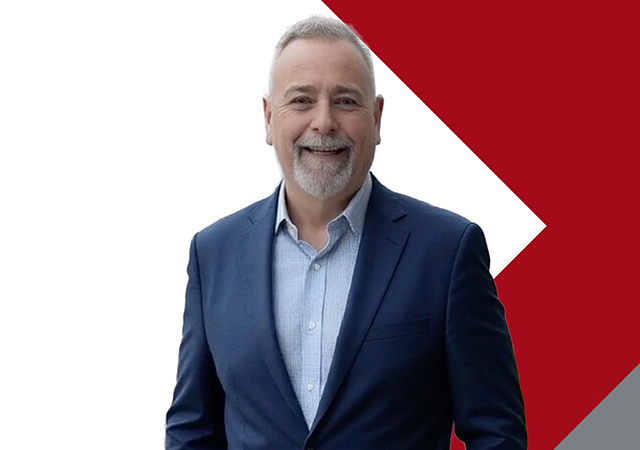




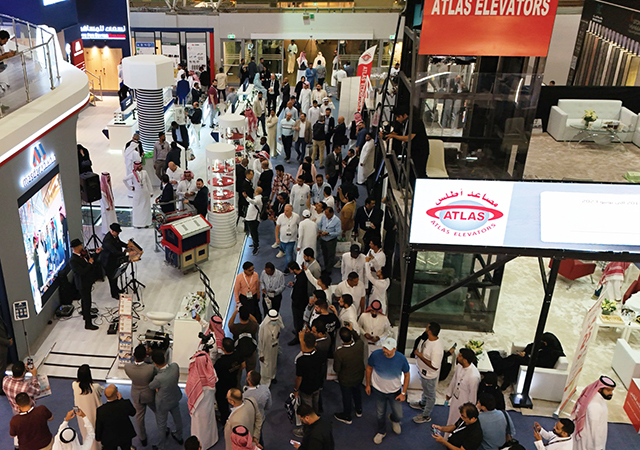

.jpg)
